Government Initiatives and Funding
Government initiatives aimed at improving diabetes care in South America significantly influence the diabetic ulcer-treatment market. Various national health programs are being implemented to enhance awareness, prevention, and management of diabetes-related complications. For instance, funding for diabetes education and treatment programs has increased, with some countries allocating over $100 million annually to combat diabetes and its complications. These initiatives often include subsidies for advanced wound care products and treatments, making them more accessible to patients. Furthermore, public health campaigns are designed to educate the population about the importance of early intervention in diabetic ulcer management. As a result, the diabetic ulcer-treatment market is expected to benefit from increased accessibility to treatment options and a more informed patient base, ultimately leading to improved health outcomes.
Rising Awareness of Diabetic Foot Care
Rising awareness of diabetic foot care among healthcare professionals and patients is a pivotal driver for the diabetic ulcer-treatment market. Educational programs and workshops are being conducted across South America to inform both patients and healthcare providers about the importance of foot care in diabetes management. This heightened awareness is leading to earlier detection and treatment of diabetic ulcers, which is crucial for preventing severe complications. Surveys indicate that nearly 60% of healthcare providers now prioritize diabetic foot care in their practice, reflecting a shift in focus towards proactive management. As awareness continues to grow, the demand for specialized treatment options is expected to increase, thereby propelling the diabetic ulcer-treatment market. This trend emphasizes the need for ongoing education and resources to support effective management strategies.
Technological Innovations in Treatment
Technological innovations in treatment modalities are reshaping the diabetic ulcer-treatment market in South America. The introduction of advanced wound care technologies, such as bioengineered skin substitutes and negative pressure wound therapy, has revolutionized the management of diabetic ulcers. These innovations not only enhance healing rates but also reduce the risk of infections, which is crucial for diabetic patients. Market data suggests that the adoption of these technologies has increased by approximately 25% in recent years, reflecting a growing recognition of their efficacy. Additionally, the integration of telemedicine and digital health solutions is facilitating remote monitoring and management of diabetic ulcers, allowing healthcare providers to intervene promptly. This technological advancement is likely to drive growth in the diabetic ulcer-treatment market, as it aligns with the increasing demand for effective and efficient treatment options.
Increasing Incidence of Diabetic Complications
The rising incidence of diabetic complications in South America is a critical driver for the diabetic ulcer-treatment market. As diabetes prevalence escalates, the associated complications, including diabetic ulcers, become more common. Reports indicate that approximately 30% of individuals with diabetes may develop foot ulcers during their lifetime. This alarming statistic underscores the urgent need for effective treatment options. The healthcare system in South America is increasingly focusing on addressing these complications, leading to a surge in demand for advanced treatment modalities. Consequently, pharmaceutical companies and medical device manufacturers are investing in research and development to create innovative solutions tailored to the unique needs of this population. This trend is likely to propel the diabetic ulcer-treatment market forward, as healthcare providers seek to improve patient outcomes and reduce the economic burden associated with diabetic complications.
Aging Population and Increased Healthcare Demand
The aging population in South America is contributing to an increased demand for healthcare services, particularly in the diabetic ulcer-treatment market. As individuals age, the prevalence of chronic conditions, including diabetes, tends to rise, leading to a higher incidence of diabetic ulcers. Projections indicate that by 2030, the elderly population in South America will account for over 15% of the total population, further intensifying the need for effective treatment solutions. Healthcare systems are adapting to this demographic shift by expanding services and resources dedicated to managing diabetic complications. This trend is likely to stimulate growth in the diabetic ulcer-treatment market, as healthcare providers seek to address the unique needs of older patients. Consequently, investments in research and development of tailored treatment options are expected to increase, enhancing the overall quality of care.


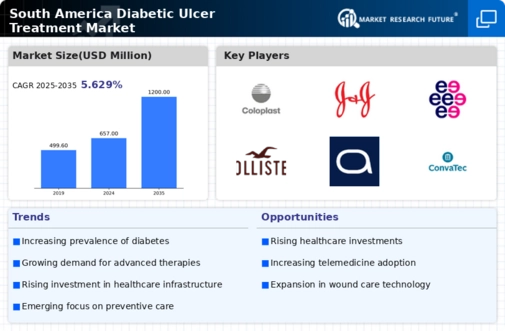
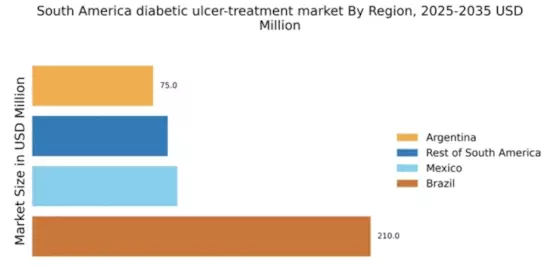
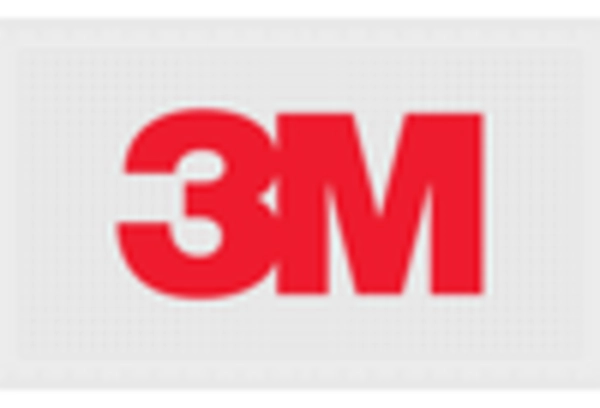
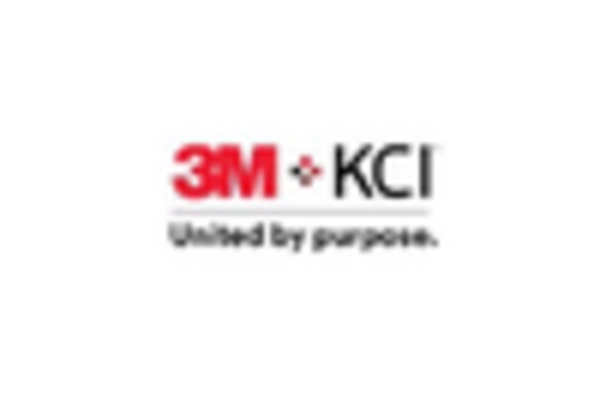
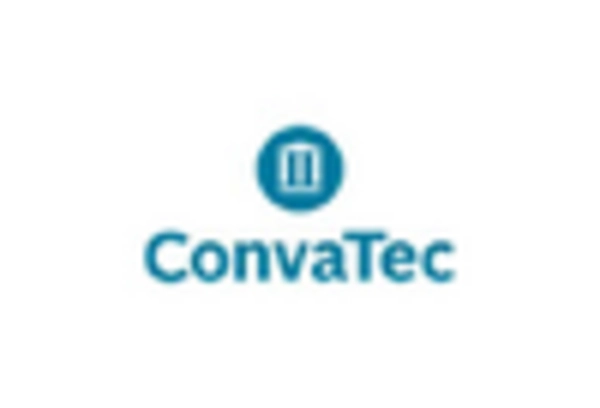
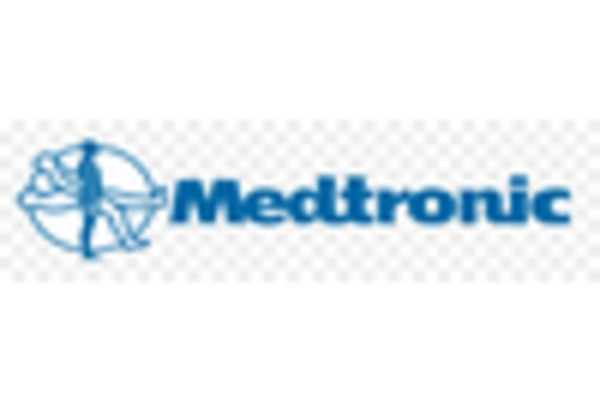
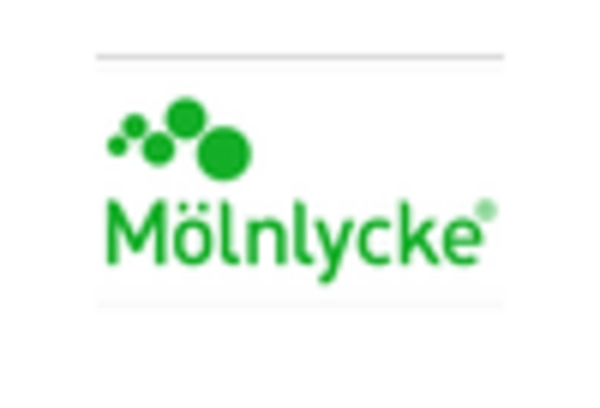
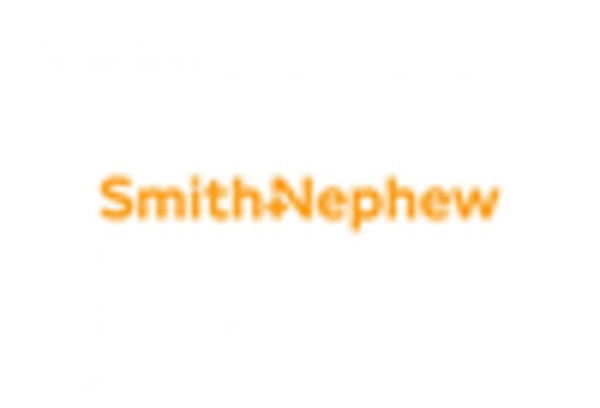








Leave a Comment